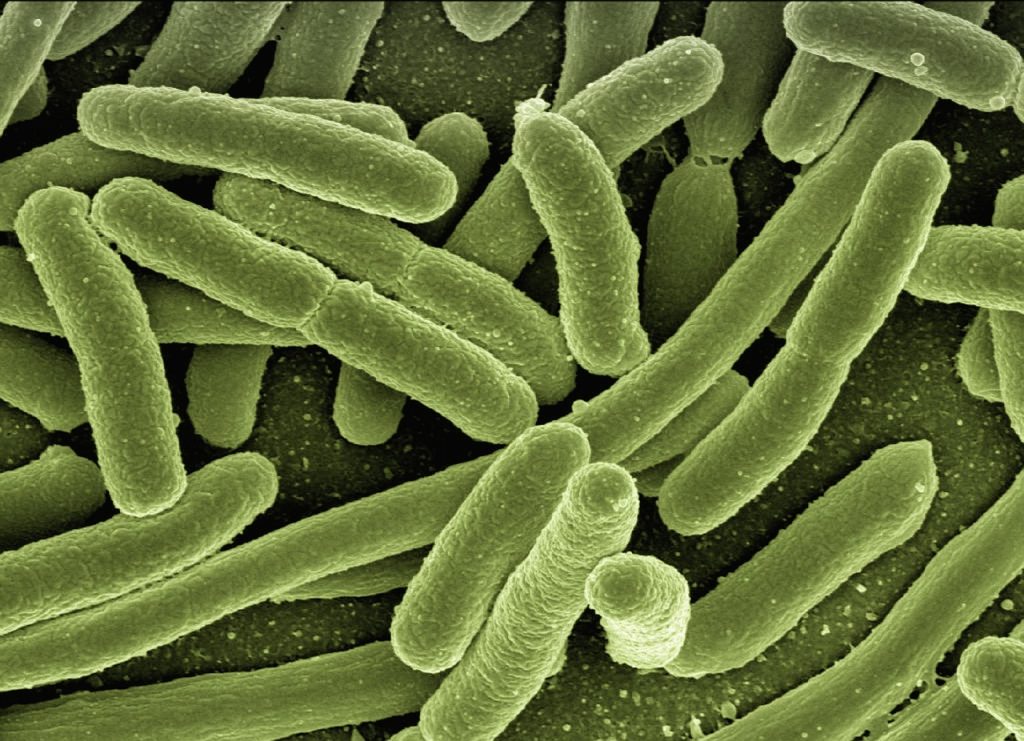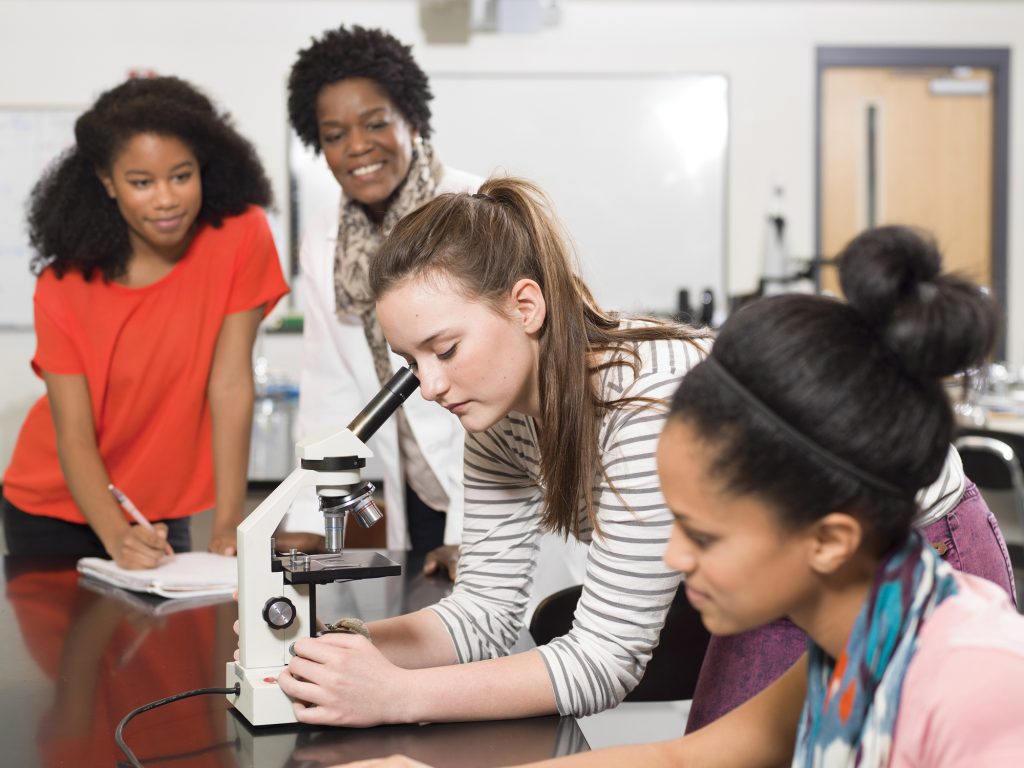Introduction to Protists: Euglena

Carolina LabSheets™ Overview In this lab, students observe Euglena, a protist that combines some characteristics of animals with the plant-like ability to photosynthesize. Traditionally, Euglenas were classified under Domain Eukarya, Kingdom Protista, and Phylum Euglenozoa (sometimes Euglenophyta). However, it is widely recognized that Protista is not a natural grouping. Currently, Euglena is classified in the […]
Introduction to Prokaryotes: Cyanobacteria

CAROLINA LABSHEETS Overview Materials Procedures Quick Links Close Quick Links Open Quick Links Overview Materials Procedures Overview Materials Procedures Overview In this lab students observe two examples of cyanobacteria and make a simple comparison to a eukaryotic green alga. arrow-icon-size3 Download Activity Guide Materials Introductory Bacteria Sets arrow-icon-size3 Shop Cyanobacteria Needed Materials culture of Anabaena […]
Carolina: Here to Help with Assistive and Adaptive Technologies for Your Science Classroom

Assistive and adaptive technologies are designed to support students, including those with disabilities, in their educational pursuits. These technologies aim to enhance learning experiences, provide equal opportunities, and foster independence. Assistive and adaptive technologies are particularly important in the science classroom given the hands-on, laboratory component of science classes. Here are a few examples […]
Introduction to Prokaryotes: Bacteria

Carolina LabSheets™ Overview In this lab students are introduced to the Domain Bacteria (Eubacteria). They will make smears of bacteria on microscope slides from pure cultures, perform a simple stain, and observe their stained slides under a microscope. The stained slides are best observed at 700–1000× with oil immersion; however, they can be viewed under […]
How to Use a Microscope

Microscopes grant us the extraordinary ability to closely examine the intricacies of the world. Becoming familiar with their diverse components and functionality enables you to extract maximum value from both your microscope and the overall laboratory experience. Our instructional handout, video demonstration, and poster for classroom support will help you get you started. Instructional Handout […]
Using Planarian Reproduction as a Path to Hands-On Inquiry Learning

Planarians are fascinating animals best known for their ability to regenerate from even very small pieces of their bodies. A common classroom lab involves cutting planarians into an anterior and a posterior half and watching them regenerate. What some people don’t realize is that splitting in half—voluntarily!—is also a planarian reproductive strategy. Devising experiments to […]
Introductory Genetics with Drosophila

Carolina LabSheets™ Overview Drosophila is one of the most popular model organisms for the study of genetics. This LabSheet can be used with a variety of our Drosophila cultures and sets in studies of monohybrid, dihybrid, and sex-linked crosses. The following crosses are especially recommended for introductory genetics activities although many others can be done. See our complete […]
Introduction to Drosophila: Phenotypes

Carolina LabSheets™ Overview In this lab students compare phenotypes of mutant Drosophila to wild type. The activity is intended as a student’s first experience working with Drosophila. It may serve as a stand-alone activity or as a pre-lab to our Introductory Genetics with Drosophila LabSheet Download Student Lab Sheet Needed Materials Wild-type Drosophila culture (172100), 1 per team of four to […]
Introduction to Fungi

Carolina LabSheets™ Overview This lab introduces students to the Kingdom Fungi through study of two phyla, the zygomycetes and basidiomycetes. Download Student Lab Sheet Needed Materials Phycomyces (+) plate culture (156182) Phycomyces (–) plate culture (156183) Coprinus mushroom, c.s. (298176) Potato Dextrose Agar plates (821902) scalpels* Bunsen burners alcohol lamps eatable mushrooms from grocery stereomicroscopes […]
Introduction to Planaria

Carolina LabSheets™ Overview In this lab, students examine the anatomy and behavior of the planarian, a simple animal with bilateral symmetry. The activity does not cover regeneration.For that, see our 132900 Carolina BioKits®: Planaria Regeneration or our Carolina™ Protozoa and Invertebrates Manual. Download Student Lab Sheet Download Planarian Anatomy Sheet Needed Materials Planaria (132950 or similar culture) for […]
